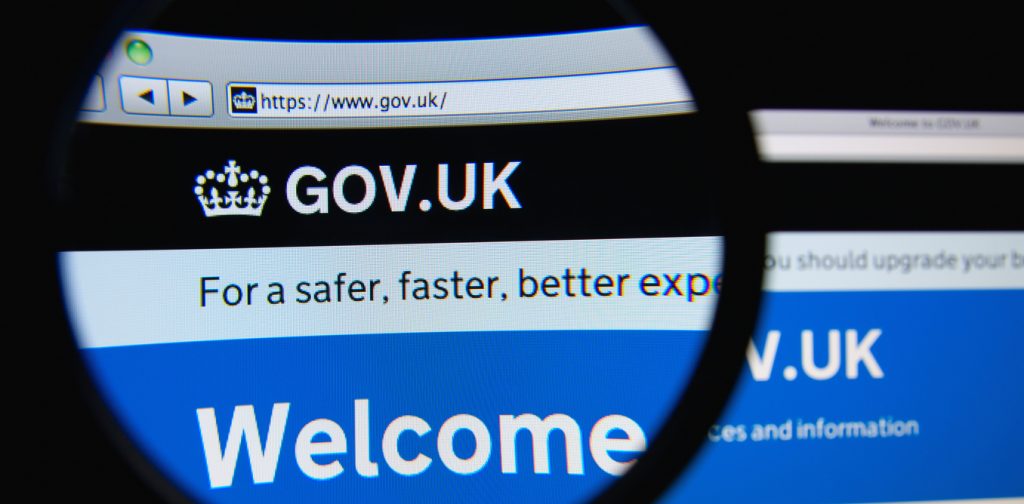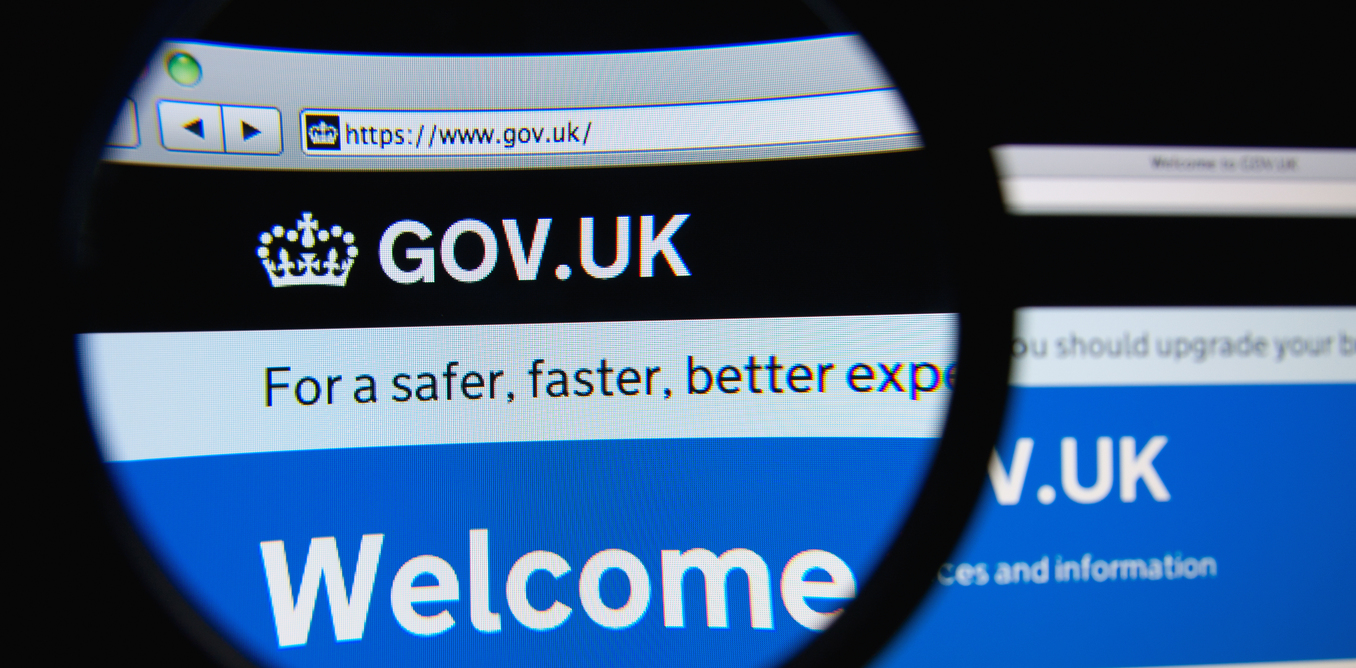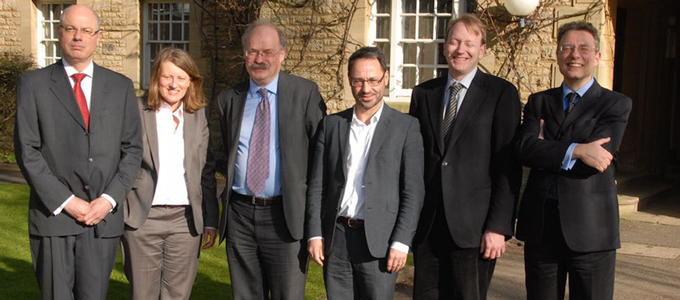 Technology and the public sector have rarely been happy bedfellows in the UK, where every government technology project seems doomed to arrive late, unperform and come in over budget. The Government Digital Service (GDS) was created to drag the civil service into the 21st century, making services “digital by default”, cheaper, faster, and easier to use. It quickly won accolades for its approach and early cost savings.
Technology and the public sector have rarely been happy bedfellows in the UK, where every government technology project seems doomed to arrive late, unperform and come in over budget. The Government Digital Service (GDS) was created to drag the civil service into the 21st century, making services “digital by default”, cheaper, faster, and easier to use. It quickly won accolades for its approach and early cost savings.
But then its leadership departed, not once or twice but three times – the latter two within the last few months. The largest government departments have begun to reassert their authority over GDS expert advice, and digital government looks likely to be dragged back towards the deeply dysfunctional old ways of doing things. GDS isn’t perfect, but to erase the progress it has put in place would be a terrible loss.
The UK government’s use of technology has previously lagged far behind other countries. Low usage of digital services rendered them expensive and inefficient. Digital operations were often handicapped by complex networks of legacy systems, some dating right back to the 1970s. The development of the long-promised “digital era governance” was mired in a series of mega contracts: huge in terms of cost, scope and timescale, bigger than any attempted by other governments worldwide, and to be delivered by the same handful of giant global computer consulting firms that rarely saw any challenge to their grip on public contracts. Departmental silos ensured there were no economies of scale, shared services failed, and the Treasury negotiated with 24 departments individually for their IT expenditure.
Some commentators (including this one) were a little sceptical on our first encounter with GDS. We had seen it before: the Office of the e-Envoy set up by Tony Blair in 1999, superseded by the E-government Unit (2004-7), and then Directgov until 2010.
Successes and failures
In many ways GDS has been a success story, with former prime minister David Cameron calling it one of the “great unsung triumphs of the last parliament” with a claimed £1.7 billion cost savings. Treasury negotiates with GDS, rather than with 24 departments, and GDS has been involved in every hiring decision for senior digital staff, raising the quality of digital expertise.
The building blocks of the GDS’ promised “government as a platform” approach have appeared: Verify, a federated identity system that doesn’t rely on ID cards or centralised identity databases, Govpay, which makes it easier to make payments to the government, and Notify, which allows government agencies to keep citizens informed of progress on services.
GDS tackled the overweening power of the huge firms that have dominated government IT in the past, and has given smaller departments and agencies the confidence to undertake some projects themselves, bringing expertise back in-house, embracing open source, and washing away some of the taint of failure from previous government IT projects.
There has even been a procession of visitors from overseas coming to investigate, and imitations have spawned across the world, from the US to Australia.
But elsewhere GDS has really only chipped away at monolithic government IT. For example, GDS and the Department for Work and Pensions failed to work together on Universal Credit. Instead, the huge Pathfindersystem that underpinned the Universal Credit trial phase was supplied by HP, Accenture, IBM and BT and ran into serious trouble at a cost of hundreds of millions of pounds. The department is now building a new system in parallel, with GDS advice, that will largely replace it.
The big systems integrators are still waiting in the wings, poised to renew their influence in government. Francis Maude, who as cabinet minister created GDS, recently admitted that if GDS had undertaken faster and more wholescale reform of legacy systems, it wouldn’t be under threat now.
The risks of centralisation
An issue GDS never tackled is one that has existed right from the start: is it an army, or is it a band of mercenaries working in other departments? Should GDS be at the centre, building and providing systems, or should it just help others to do so, building their expertise? GDS has done both, but the emphasis has been on the former, most evident through putting the government portal GOV.UK at the centre of public services.
Heading down a centralised route was always risky, as the National Audit Office observed of its forerunner direct.gov in 2007. Many departments resented the centralisation of GOV.UK, and the removal of their departmental websites, but it’s likely they’re used to it now, even relieved that it’s no longer their problem. But a staff of 700 with a budget of £112m (from 2015) was always going to look vulnerable to budget cuts.
Return of the Big Beasts
If GDS is diminished or disbanded, any hope of creating effective digital government faces two threats.
A land-grab from the biggest departments – HMRC, DWP and the Home Office, all critics of the GDS – is one possibility. There are already signs of a purge of the digital chiefs put in place by GDS, despite the National Audit Office citing continuity of leadership as critical. This looks like permanent secretaries in the civil service reasserting control over their departments’ digital operations – which will inevitably bring a return to siloed thinking and siloed data, completely at odds with the idea of government as a platform. While the big beasts can walk alone, without GDS the smaller agencies will struggle.
The other threat is the big companies, poised in the wings to renew their influence on government should GDS controls on contract size be removed. It has already begun: the ATLAS consortium led by HP has already won two Ministry of Defence contracts worth £1.5 billion since founding GDS chief Mike Bracken resigned.
It’s hard to see how government as a platform can be taken forward without expertise and capacity at the centre – no single department would have the incentive to do so. Canada’s former chief information officer recently attributed Canada’s decline as a world leader in digital government to the removal of funds dedicated to allowing departmental silos to work together. Even as the UN declares the UK to be the global leader for implementing e-government, unless the GDS can re-establish itself the UK may find the foundations it has created swept away – at a time when using digital services to do more with less is needed more than ever.
This was first posted on The Conversation.









